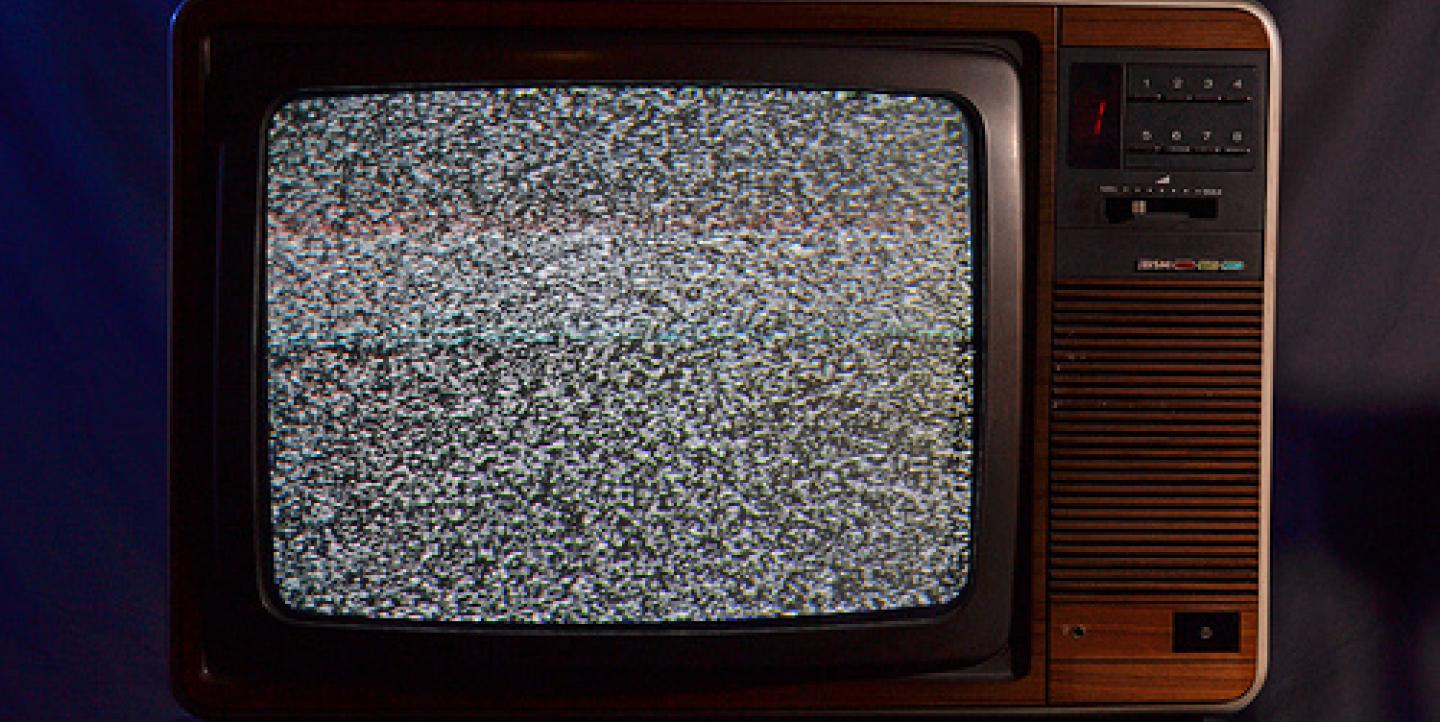Despite all the changes hitting journalism, TV news seems to be holding fast to its traditions, just (satellite) trucking along as it always has.
"TV news is stuck holding onto its orthodoxy of inanity," wrote Jeff Jarvis, the U.S.-based media blogger and journalism professor, in his three-part series on rethinking broadcast news.
Citing trivial stand-ups at stale news sites, staged PR segments aired under the guise of journalism and the oversimplification of complex issues as a few ways the medium wastes resources, it's clear Jarvis isn't the biggest fan of TV news' status quo.
"Most TV news sucks," he wrote in Rethinking TV news, Part I: What’s broken, what’s possible. "But I don’t want to dwell on that."
Instead, he offers ways to cut through the static of broadcast journalism, and points to webcams as a potential powerhouse.
"Now a webcam is far more than a cheap, remote camera without a satellite truck," he wrote in part 2, in which he offers new models and forms for TV news. "It is a window onto new worlds of witnesses, experts, commentators, and people affected by the news: new voices, new perspectives."
He suggests journalists make use of webcams' mobile video capabilities with Google Hangouts and reports from the field. If they're breaking news on the spot, he suggests tapping into the surrounding community by interviewing locals on air rather than just getting the usual talking heads. He also proposes letting citizens affected by the news event ask the experts questions themselves. "There are a million TV cameras out there now. There are a million possibilities."
Newspapers and magazines that have added video to their content model have been hailed as innovators, but Jarvis believes that actual innovation in video news will be "unrecognizable as television." True innovation will make better use of the web and break out of the traditional linear form of storytelling.
He asked Vice's Tim Pool what he thought the future of TV news would be, and video wasn't even the first thing to come up.
"He started talking about people — witnesses and commentators and how to find the best of them and connect them — and about technology and about user interfaces. There I started to hear the beginnings of a new vision for TV and news in which video is just one tool to use."
To get rid of the recycled chatter that fill the 24-hour news channel cycle, Jarvis suggests outlets embrace a Wikipedia model for online video. Sites could update a page when there's more information to deliver instead of creating a new content piece that's a broken record of the same facts spinning in a loop.
"Imagine if an online news service offered us the promise of (a) summarizing what is known about a breaking story now, (b) updating only when something new is known, and (c) alerting us when that occurs and giving us the choice whether to watch the latest," he wrote.
So think live-blogging in video form, and applying a news alert model similar to Circa's to keep users up to date on stories.
To help users who come into the story in the middle connect the dots, Jarvis suggests outlets keep a "storehouse of explainers and backgrounders...assets that can get viewers and links over time, building value and reputation."
He's not pointing to fancy graphics or interactivity, but to the model of a reporter who knows the story well and can explain the background info in a separate segment, taking advantage of video's ability to explain and demonstrate things clearly.
Jarvis also proposes ideas such as introducing muted mobile video with large text and adding depth to interviews.
But his main message is that it's time for TV news to clear the air of stale forms in broadcast journalism.
"We do need to get rid of the idea that real television news, professional television news, must have stand-ups and establishing shots and staged b-roll and frothy transitions," he wrote. "We need to clean away that ancient filigree to free up resources and time to make TV news better, because it can be."
IJNet Editorial Assistant Margaret Looney writes about the latest media trends, reporting tools and journalism resources.
Via BuzzMachine
Image CC-licensed on Flickr via smokeghost.

